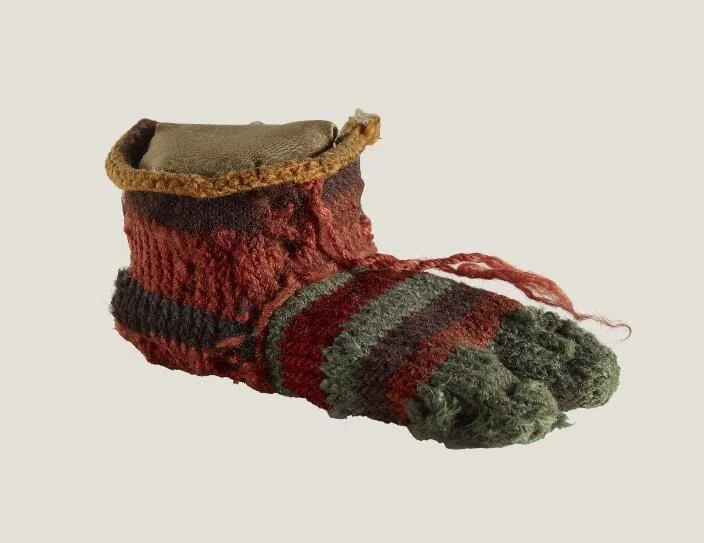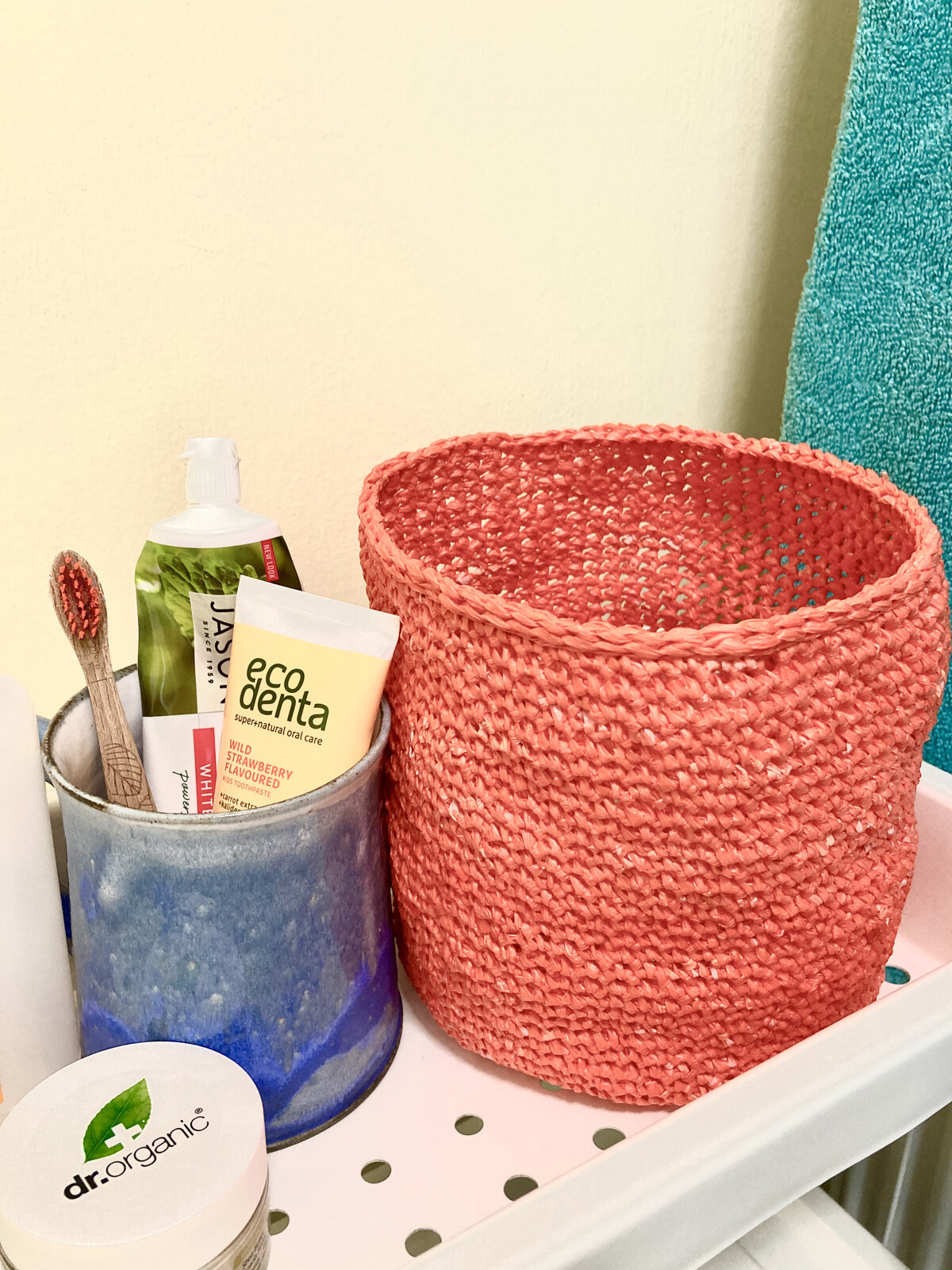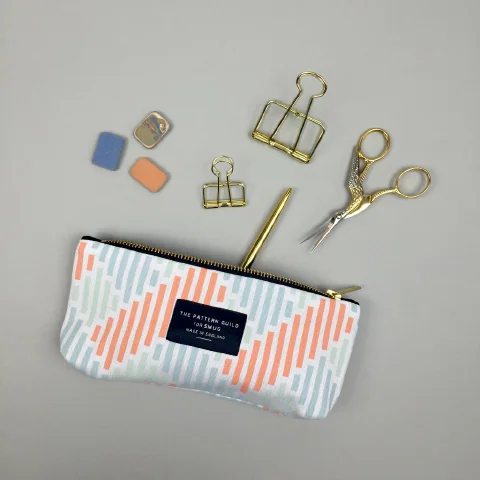Suprematism is a Russian abstract art movement developed by Kazimir Malevich circa 1915, it is characterised by simple geometrical shapes and associated with ideas of spiritual purity.
With the single mindedness of a missionary or a prophet, Malevich spent nearly 15 years of his career espousing the aesthetic and moral superiority of a system of abstract art he termed Suprematism. A complete departure from any pictorial method theretofore recognised in art, Suprematism was characterised by Malevich as “that end and beginning where sensations are uncovered, where art emerges as such”
Through (Lazslo) Moholy-Nagy, Malevich was invited to prepare a publication for the series of books being published by the Bauhaus on new currents in Modern art. … Though derived from lectures and articles formulated in a variety of iterations since 1922, the book became a means for Malevich to attempt a more straightforward syntheses of his artistic principles than ever before, translated into a western language. In the first part, he mapped out in text and sixty-six illustrations aspects of the real world that had inspired the foundations of Suprematism. From the painterly abstractions of natural form found in impressionism, works by Paul Cezanne, and Cubism to the machine-age marvel of airplanes, blimps, trains, skyscrapers, and aerial views of cityscapes (creating a perhaps unintended parity with LeCorbusier’s treatise Vers une architecture [Toward a New Architecture], published four years prior). In the second part, Malevich launched into the realm of sensation and pure feeling, offering a catalogue of twenty-four ideal Suprematist forms that demonstrated the contrasting states derived from the first three basic Suprematist elements, the black square, the black circle, and the black cross, and from more dynamic compositions with connotations of feeling, movement, and sound.
Malevich’s Alogic works (1914-15) are playful and cryptic, employing abstract geometric form more freely than his previous Cubo-Futurist works. In the same way that the transnational verse of poets like Khlebnikov and Kruchenykh attempted to open up new possibilities in language through an intuitive, absurdist aesthetic that challenged all sense of commonly accepted reason (as in the libretto for Victory Over the Sun, for instance), Malevich’s Alogic works were experiments with visual form intended to confound conventional picture making, inventing new relations or associations derived from a “random” collision between seemingly unrelated images and shapes. “We come to the rejection of reason,” Malevich wrote, “but this has been possible only because a different form of reason has arisen within us … It has its own law and construction and also meaning, and only in the light of this knowledge will our work be based on a totally new, transrational precept.”
























































































